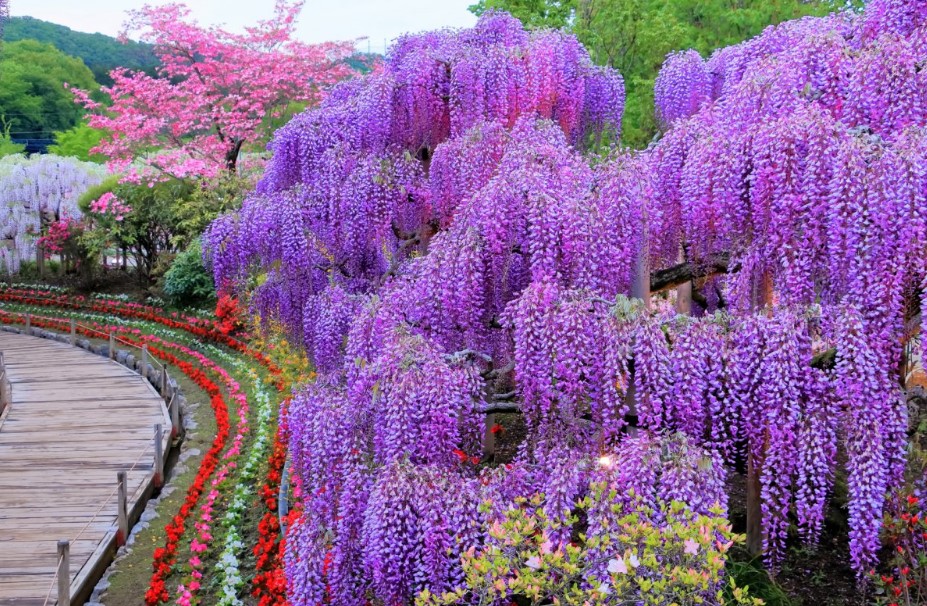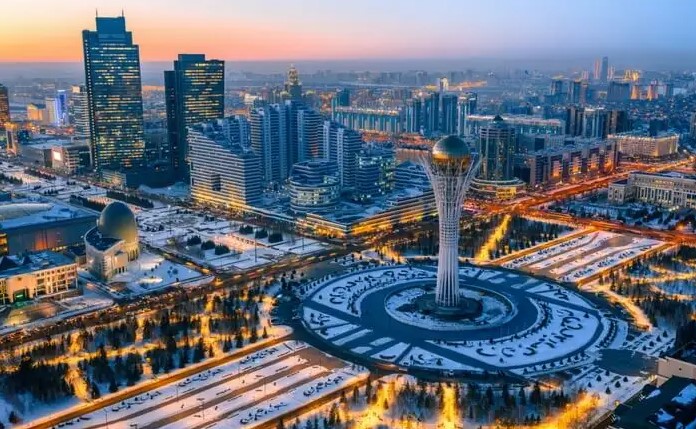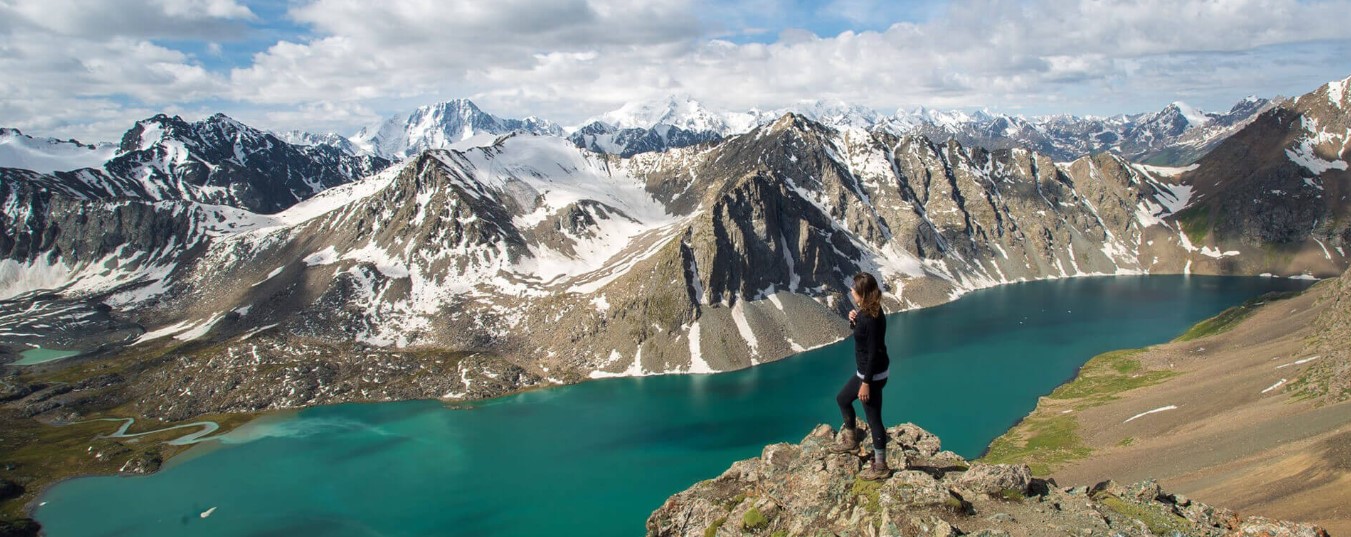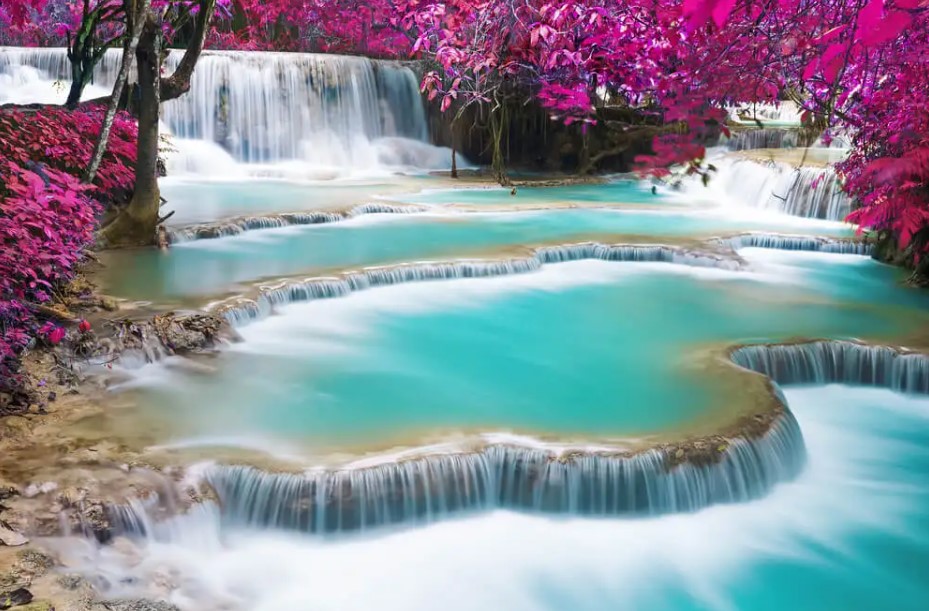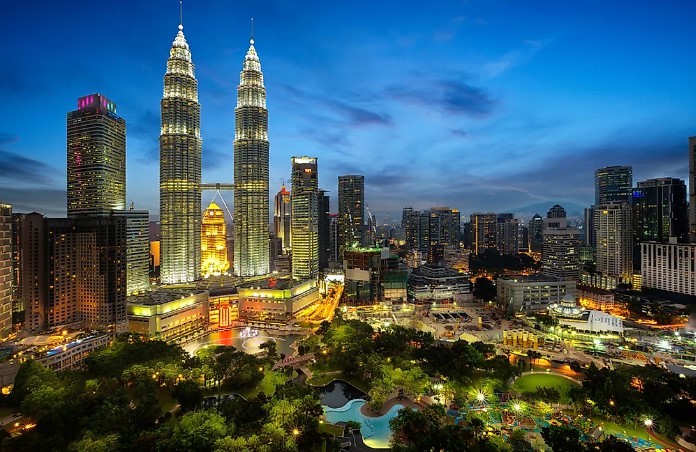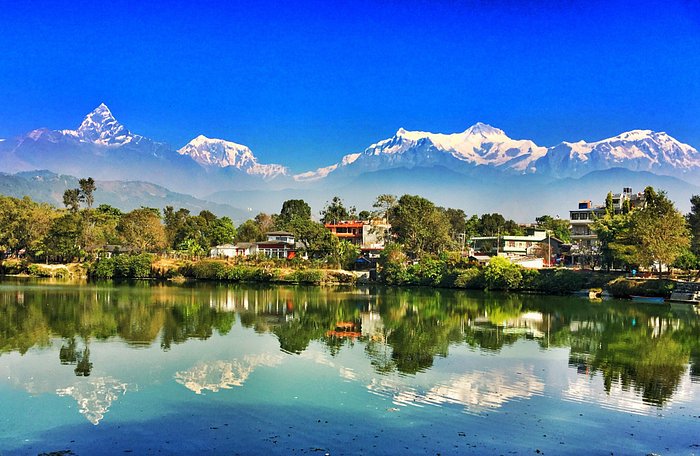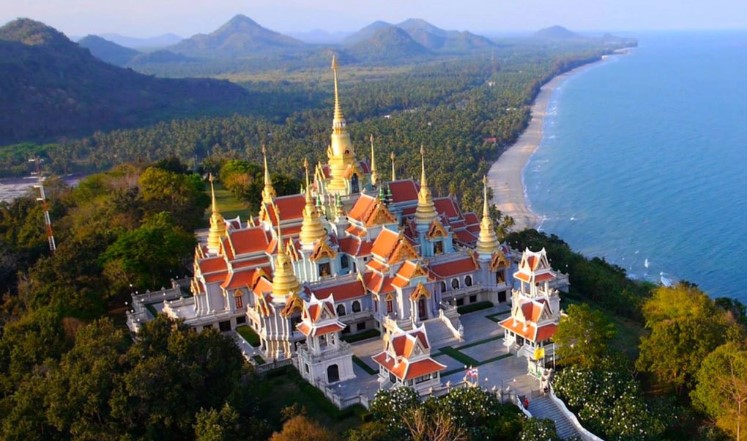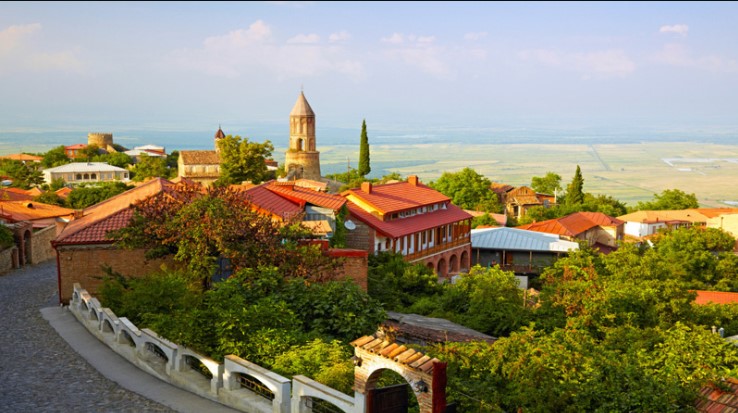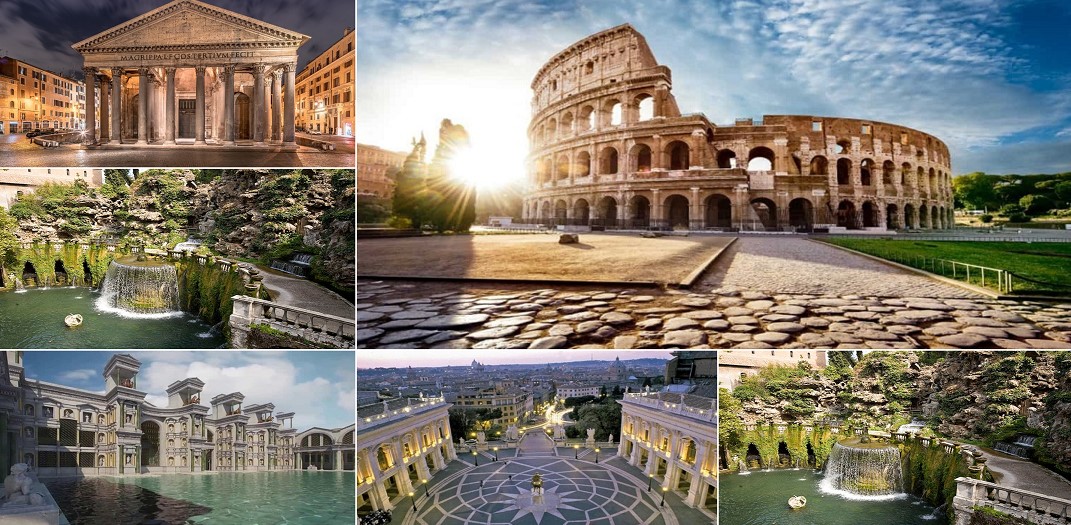Places to Visit in Bhutan
Welcome to the enchanting land of Bhutan, where nature and culture blend seamlessly to create an unforgettable travel experience. Nestled in the heart of the Eastern Himalayas, Bhutan is a kingdom renowned for its pristine landscapes, ancient Buddhist monasteries, and vibrant cultural traditions.
In this article, we will explore the top 15 unforgettable places to visit in Bhutan, immersing ourselves in the country's rich heritage and natural wonders.
1. Paro Taktsang (Tiger's Nest)
Perched on a cliffside, Paro Taktsang, also known as Tiger's Nest, is an iconic Buddhist monastery that attracts visitors from all over the world. The monastery, precariously clinging to the rocky mountainside, offers breathtaking panoramic views of the valley below.
Legend has it that Guru Rinpoche, the founder of Tibetan Buddhism, meditated in a cave here in the 8th century. To reach this sacred site, visitors embark on a scenic hike through pine forests and rhododendron-filled trails.
2. Punakha Dzong
As one of the most majestic fortresses in Bhutan, Punakha Dzong showcases the country's architectural grandeur and cultural significance. Situated at the confluence of two rivers, this imposing fortress served as the capital of Bhutan until the 1950s. Its intricate woodwork, vibrant murals, and tranquil courtyards make it a must-visit destination for history and culture enthusiasts.
3. Thimphu
As the capital city of Bhutan, Thimphu offers a blend of modernity and tradition. Take a stroll through the city's bustling streets and immerse yourself in the vibrant local culture.
Visit the Tashichho Dzong, the seat of Bhutan's government, and explore the various museums and art galleries that showcase the country's rich heritage. Don't miss the weekend market, where you can find a variety of local handicrafts and fresh produce.
4. Dochula Pass
Located at an elevation of 3,100 meters, the Dochula Pass is a mountain pass that offers stunning panoramic views of the Himalayas. On a clear day, you can see the snow-capped peaks of Bhutan's highest mountains.
The pass is adorned with 108 chortens (Buddhist stupas), which add to its spiritual ambiance. It is an ideal spot for picnics and photography enthusiasts.
5. Bumthang Valley
Nestled amidst the lush greenery of central Bhutan, Bumthang Valley is a treasure trove of ancient temples, monasteries, and sacred sites. Known as the spiritual heartland of Bhutan, the valley is home to several important Buddhist pilgrimage sites, including the Kurjey Lhakhang and Jambay Lhakhang. Explore the valley's serene landscapes and immerse yourself in the tranquility of its spiritual sites.
6. Haa Valley
Tucked away in the southwestern part of Bhutan, Haa Valley offers a serene and untouched retreat for nature lovers. Surrounded by towering mountains and dotted with traditional Bhutanese villages, the valley provides a glimpse into the rural way of life.
Take leisurely walks through picturesque fields, visit the Lhakhang Karpo (White Temple), and experience the warm hospitality of the locals.
7. Gangtey Valley
Located in the Phobjikha Valley, Gangtey is a scenic paradise known for its stunning landscapes and diverse wildlife. The valley is a winter home to the endangered black-necked cranes, which migrate here from Tibet. Explore the Gangtey Monastery, hike through the picturesque nature trails, and witness the captivating beauty of the valley during the crane migration season.
8. Chele La Pass
Situated at an altitude of 3,988 meters, the Chele La Pass offers mesmerizing views of the surrounding mountains and valleys. It is the highest motorable pass in Bhutan and serves as a gateway to the Haa Valley. On a clear day, you can catch a glimpse of the sacred Jomolhari Mountain. The pass is also adorned with colorful prayer flags that flutter in the wind, adding to its mystical charm.
9. Trongsa
Trongsa, located in central Bhutan, is a town steeped in history and culture. It is home to the majestic Trongsa Dzong, an architectural masterpiece that sits on a ridge overlooking the Mangde Chhu river.
The dzong served as the ancestral home of Bhutan's royal family before they assumed the role of the country's monarchs. Explore the dzong's intricately designed courtyards and visit the Ta Dzong, which houses a fascinating museum showcasing Bhutanese artifacts.
10. Wangdue Phodrang
Perched on a ridge overlooking the Punatsangchhu River, Wangdue Phodrang is a picturesque town that offers panoramic views of the surrounding valleys.
Explore the ruins of the Wangdue Phodrang Dzong, which was tragically destroyed by fire in 2012 but still holds immense historical and cultural significance. The town is also known for its bamboo crafts and vibrant local festivals.
11. Taktsang Palphug Monastery
Taktsang Palphug Monastery, popularly known as the "Tiger's Nest," is an iconic religious site that clings to a cliffside in the upper Paro valley. This sacred Buddhist monastery is said to have been blessed by Guru Rinpoche, who meditated in a cave here.
To reach the monastery, visitors embark on a challenging hike through scenic trails, passing by waterfalls and lush forests. The reward at the end is a spiritual experience and breathtaking views of the valley below.
12. Phobjikha Valley
Phobjikha Valley, located in the Wangdue Phodrang district, is a pristine and serene valley that is home to the endangered black-necked cranes. Every winter, these majestic birds migrate from the Tibetan plateau to the valley, creating a mesmerizing spectacle.
Visitors can witness the crane migration, explore the Gangtey Monastery, and take leisurely walks through the picturesque landscapes. The valley's untouched beauty and tranquil ambiance make it a paradise for nature enthusiasts.
13. Dochula Pass
Situated on the way from Thimphu to Punakha, the Dochula Pass offers panoramic views of the Himalayas on clear days. The pass is adorned with 108 chortens, known as "Druk Wangyal Chortens," which were built to honor Bhutanese soldiers who fought in a conflict against insurgents from India. The serene atmosphere and breathtaking vistas make the Dochula Pass a must-visit destination for nature lovers and photography enthusiasts.
14. Chele La Pass
At an altitude of 3,988 meters, the Chele La Pass is the highest motorable pass in Bhutan. It offers awe-inspiring views of the surrounding mountains and valleys, including the sacred Jomolhari Mountain.
The pass is adorned with colorful prayer flags, which flutter in the wind, creating a serene and spiritual ambiance. Visitors can enjoy the breathtaking vistas, go for hikes in the surrounding alpine meadows, and immerse themselves in the tranquility of the Himalayan landscape.
15. Thimphu Valley
Thimphu Valley, the capital city of Bhutan, is a vibrant blend of tradition and modernity. Explore the bustling streets lined with shops, cafes, and art galleries. Visit the iconic Tashichho Dzong, a majestic fortress that houses the throne room and government offices.
Immerse yourself in Bhutanese culture by attending the colorful festivals and exploring the city's museums and handicraft markets. Thimphu Valley offers a unique glimpse into the country's rich heritage and warm hospitality.
FAQs About Unforgettable Places to Visit in Bhutan:
Q: What is the best time to visit Bhutan? A: The best time to visit Bhutan is during the spring (March to May) and autumn (September to November) seasons when the weather is pleasant, and the skies are clear. These seasons offer the perfect conditions for outdoor activities and provide breathtaking views of the Himalayan landscapes.
Q: Is Bhutan a safe country to visit? A: Yes, Bhutan is considered one of the safest countries to visit in the world. The crime rate is low, and the locals are known for their warmth and hospitality. However, it is always recommended to take basic precautions and adhere to local customs and traditions.
Q: Do I need a visa to visit Bhutan? A: Yes, all foreign visitors, except for Indian nationals, require a visa to enter Bhutan. Visas are processed through licensed tour operators in Bhutan, and visitors must book their travel arrangements with a licensed tour operator in advance.
Q: Are there any restrictions on tourism in Bhutan? A: Bhutan follows a policy of "high-value, low-impact" tourism to preserve its unique culture and environment. To visit Bhutan, tourists must book their travel through a licensed tour operator and pay a daily tariff that covers accommodation, meals, transportation, and a guide.
Q: What is the currency of Bhutan? A: The currency of Bhutan is the Bhutanese Ngultrum (BTN). However, Indian Rupees are also widely accepted in the country. It is advisable to carry cash in smaller denominations, as credit cards may not be accepted in all places.
Q: Can I travel independently in Bhutan? A: No, independent travel is not allowed in Bhutan. All tourists must book their travel through a licensed tour operator, who will arrange the necessary permits, accommodations, and transportation. This policy ensures that visitors experience Bhutan's unique culture and environment in a sustainable manner.
Note: Bhutan, with its pristine landscapes, vibrant cultural heritage, and warm hospitality, offers a truly unforgettable travel experience. From the sacred Tiger's Nest monastery in Paro to the serene Phobjikha Valley, each destination in Bhutan has its own charm and beauty.
Immerse yourself in the tranquility of this Himalayan kingdom, explore its ancient fortresses and monasteries, and connect with its spiritual traditions. A visit to Bhutan is not just a journey; it is a transformative experience that will leave an indelible mark on your heart and soul.














